
RISD Nature Lab
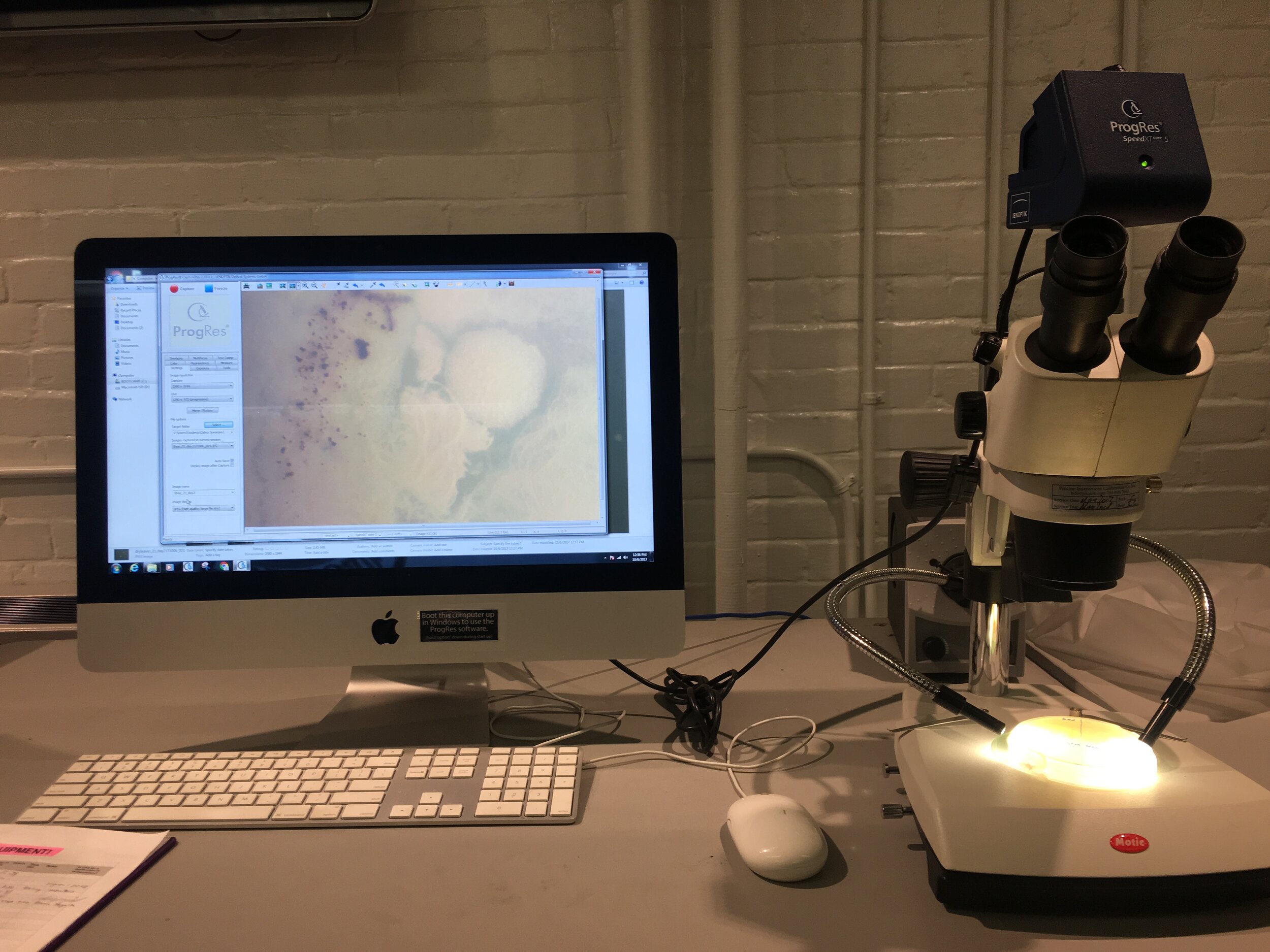
In-between Earth and Cosmos
Trying to understand systems has led me to seek answers in nature, from the microscopic to the macroscopic. In the fall of 2017, I started growing microbes at the RISD NatureLab with a box of 12 Petri dishes, swabs, and gloves to find out how they colonize on a micro-scale. In the first test, I collected samples of organisms that grow on inorganic things such as a leaf, tree, shoe, bike, etc. It took a cycle of 24 hours for the bacteria to appear from their dormant state; within the next cycle, the colonies kept multiplying. My first attempt to grow these organisms in the petri dish was not enough until I preceded my second and third tests, including samples from public spaces, including a public park and some fast food joints. For the third test, I took human skin samples of 12 people: I divided them into four groups, sets of those associated in close approximate. Samples were placed as individuals, in pairs and groups, with tests running for 12 days at 21 Celsius.
These species expand and grow with the potential ability to communicate and reproduce by the billions from a single cell, instigating a process of colonization that seemingly protects and demarcates. When further magnified, you can see glimpses of a complex cosmos, both stirring and revivifying human imagination. Observing these morphologies of colony growth is an intentional curiosity to understand if such a thesis could link to human territories and divisions.
We draw visible and invisible boundaries in sociological spaces, constricting our sense of individuality. The question of belonging seems pertinent no matter the scale and emphasizes the need to constantly struggle to understand the myriad of social behaviors, stigmas, and human persistence and preservation. But how do we navigate our current understanding if divisions are potentially the inexorable archetype, even on a micro-scale?
Predator and prey relationships in animals have become a way for me to categorize opposing behaviors, propagating and self-classifying human behavior to depict a sense of duality in all of us. The collective can provide sustenance, protection, and growth and can also be ominous. So, this symbiosis leads to my investigation of systems within systems and ideas around binaries.
This is an ongoing research that I am currently exploring to form narratives that can speak of the symbiotic relationship we have with nature on various scales.
*The images in this gallery are an archived selection of live bacterial colonies shot directly from the microscope; some were later treated using Intaglio Printing Processes on archival paper.

Volunteer 3
Human Skin Bacteria - Day 1
The image was taken with an Olympus IX51 Inverted Microscope.

Volunteer 1
Human skin microbial colony - Day 2
Olympus IX51 Inverted Microscope

Volunteer 2
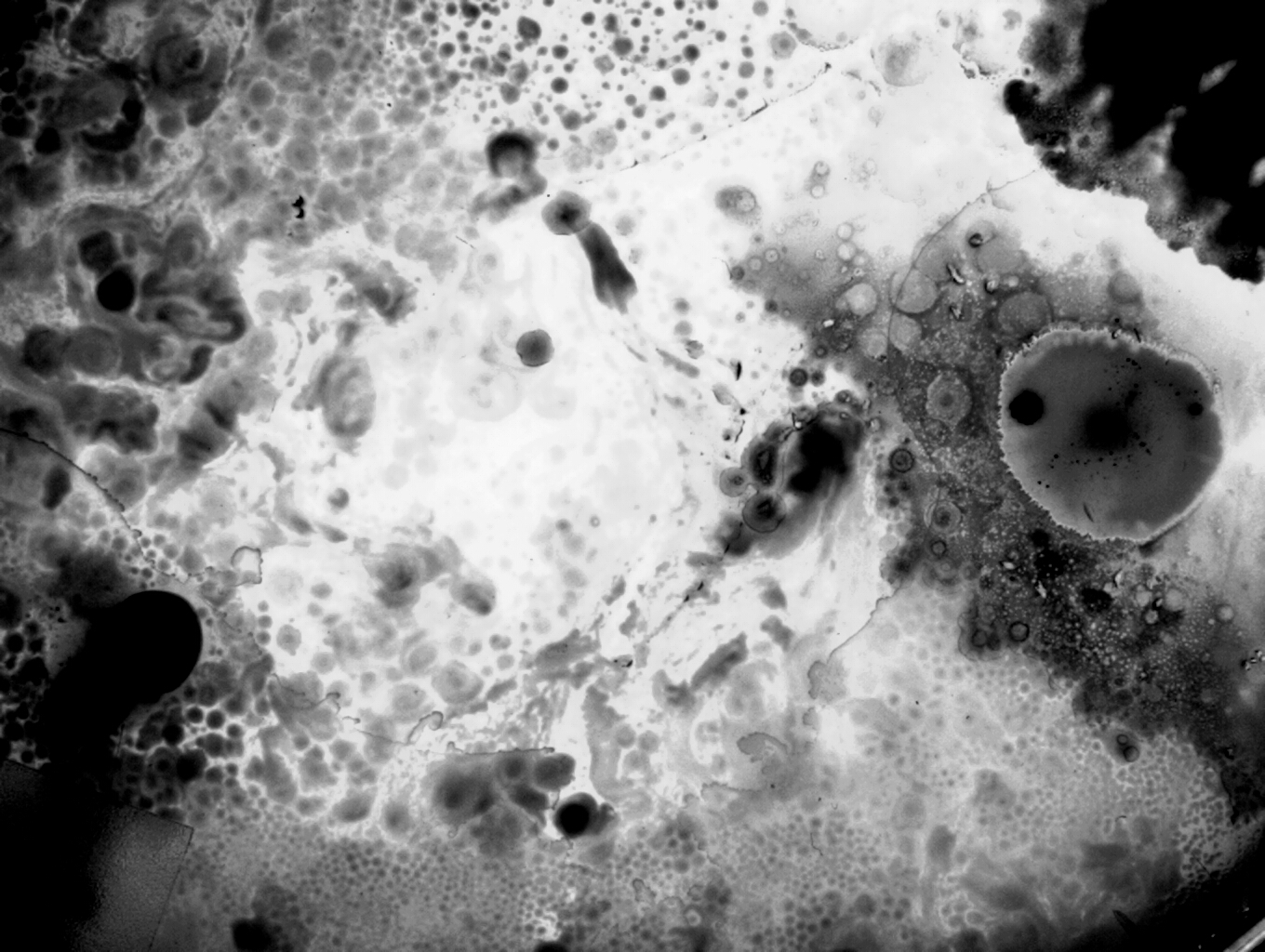
Micro Colonies (public park bench bacteria) - image was taken with Olympus IX51 Inverted Microscope in 2017.
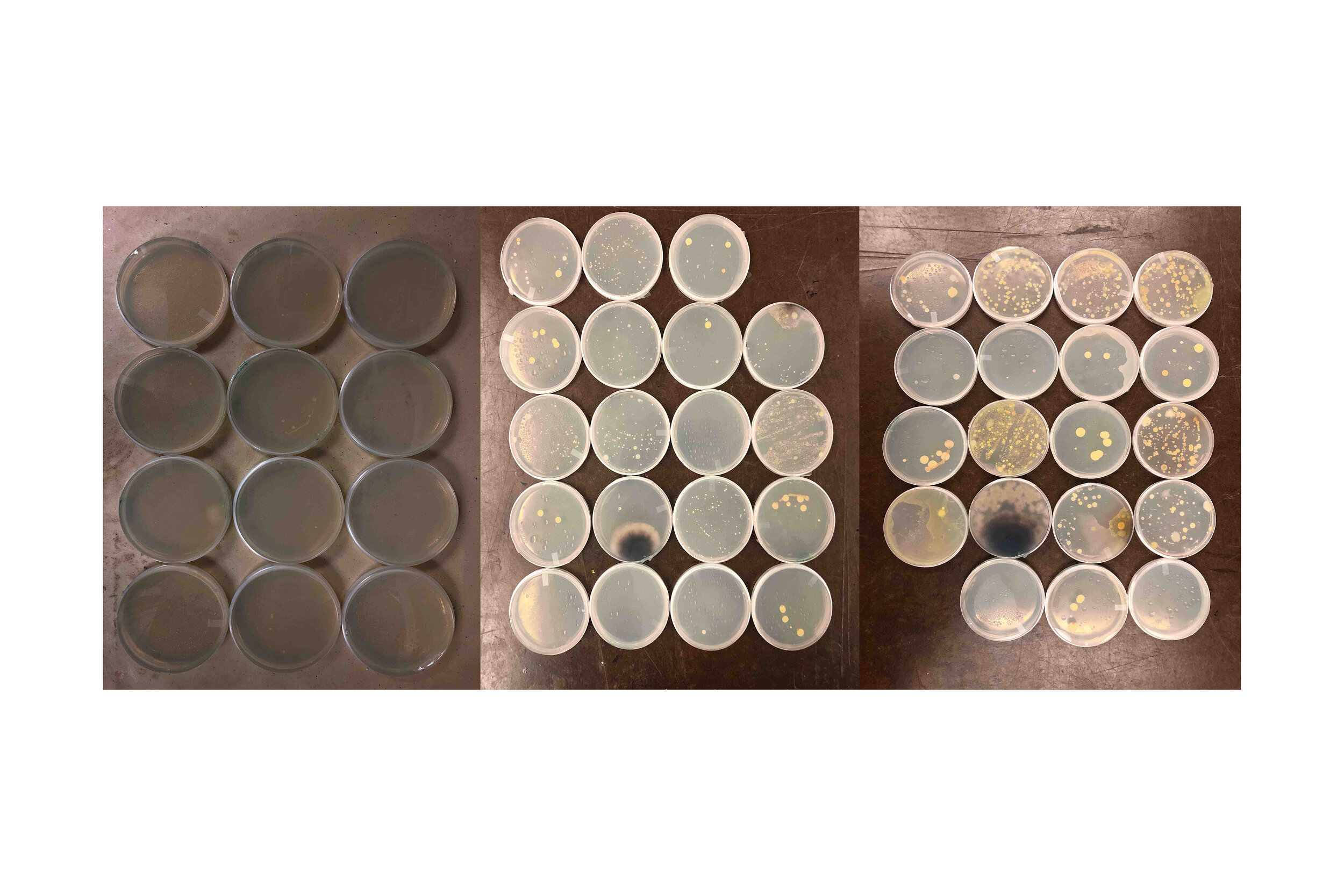
Social/Anti-Social
This study involved collecting 10 human skin samples from individual volunteers who exhibited diverse social and anti-social behaviors to investigate the types of microbes present on these individuals. Each sample was cultured in Petri dishes under carefully controlled conditions for a duration of 12 days. The primary aim was to observe and analyze the similarities and differences in bacterial colony behavior thriving on human hosts with varying social tendencies. The accompanying image depicts populated Petri dishes, showcasing the microbial colonies found on those with more social tendencies.
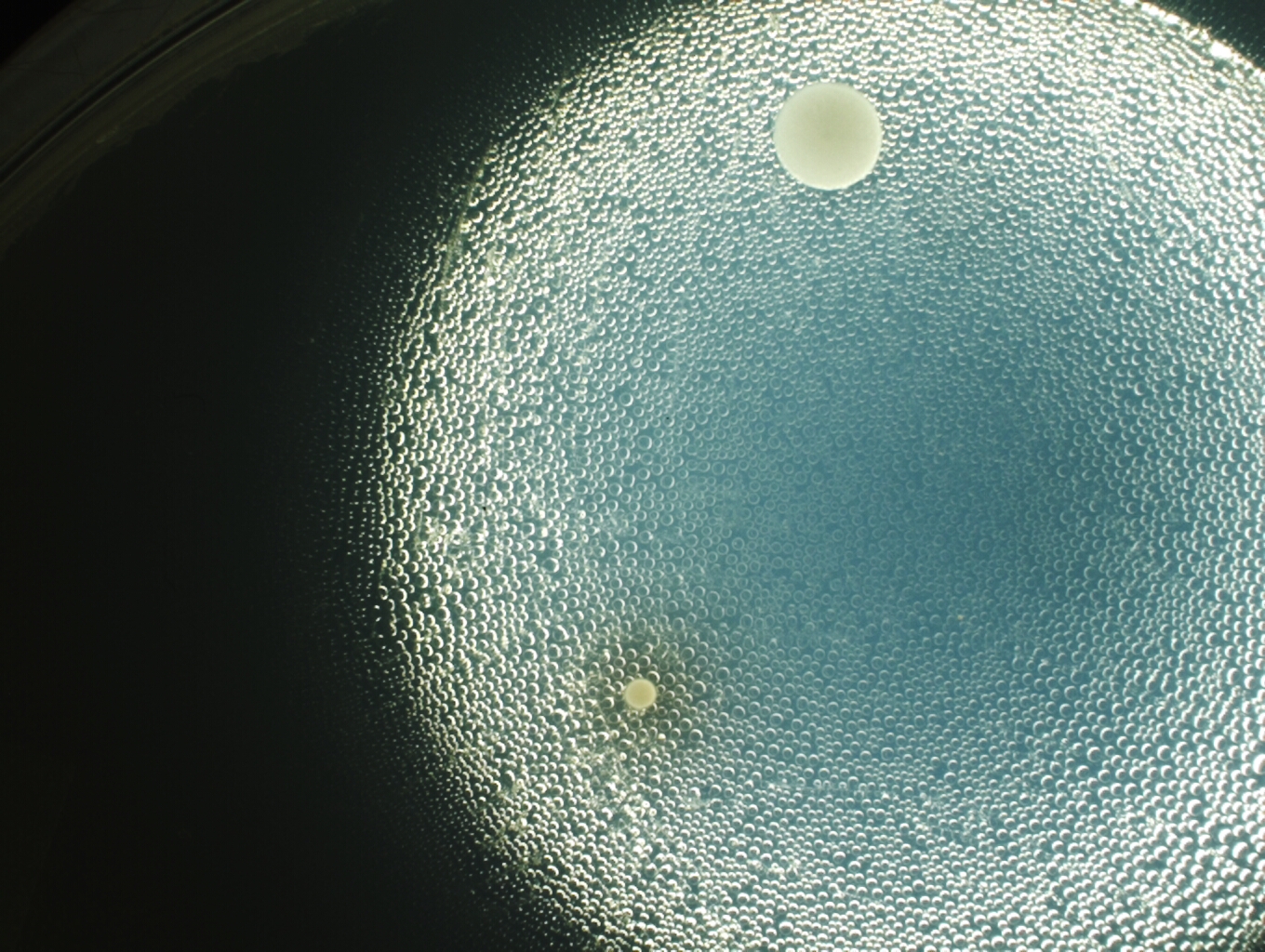
Volunteer 8

Volunteer 5
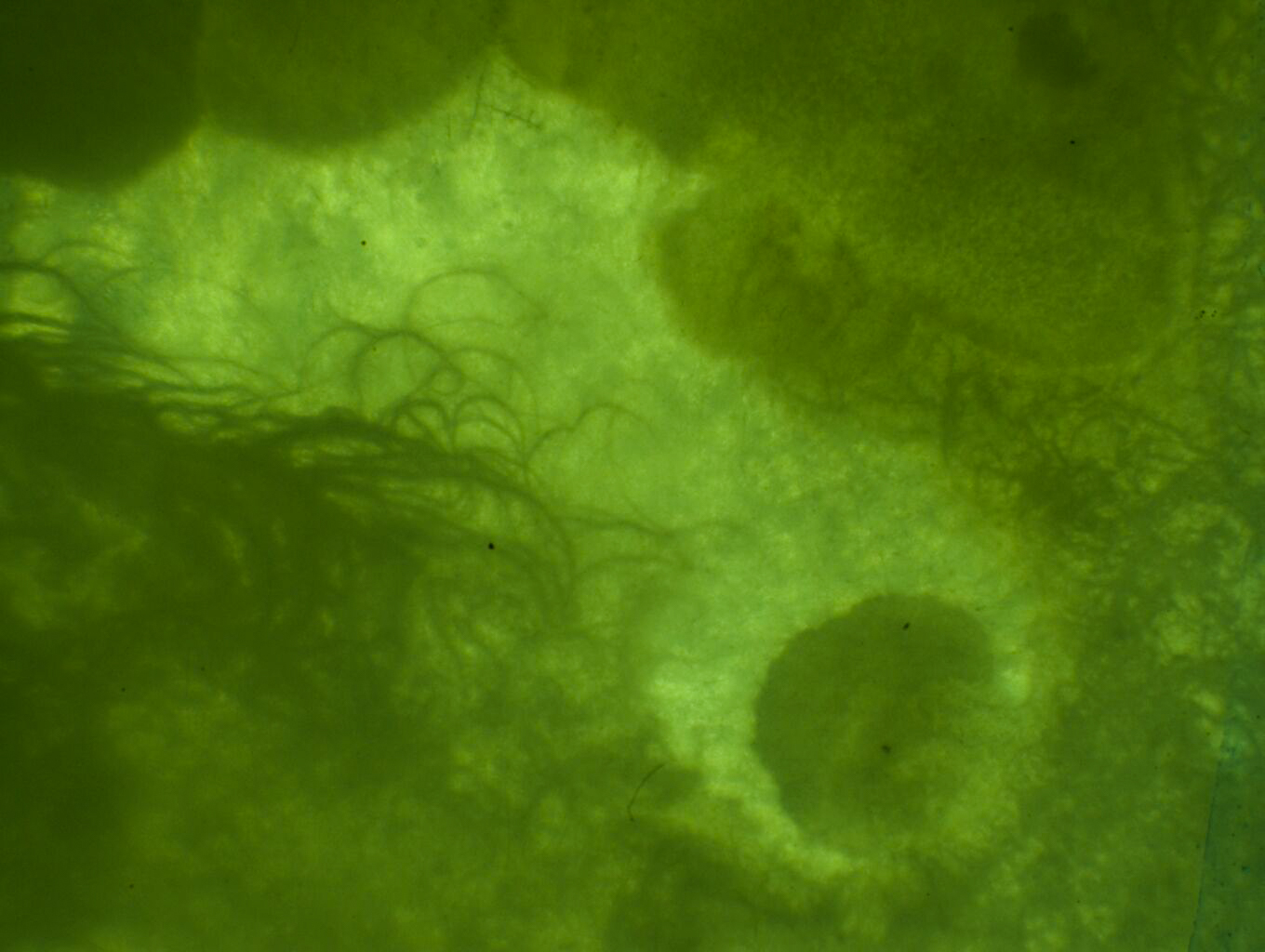
Fungus trap
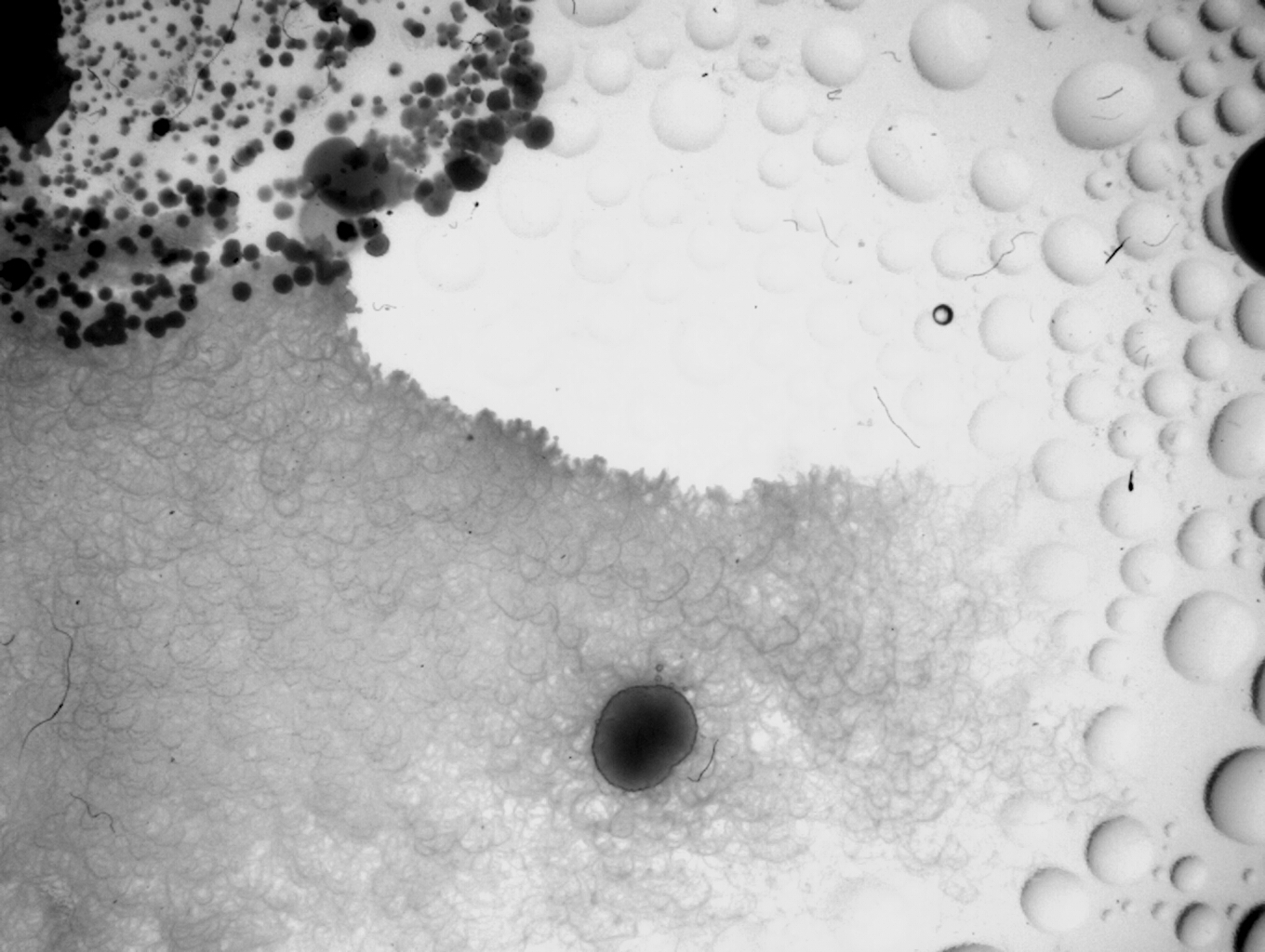
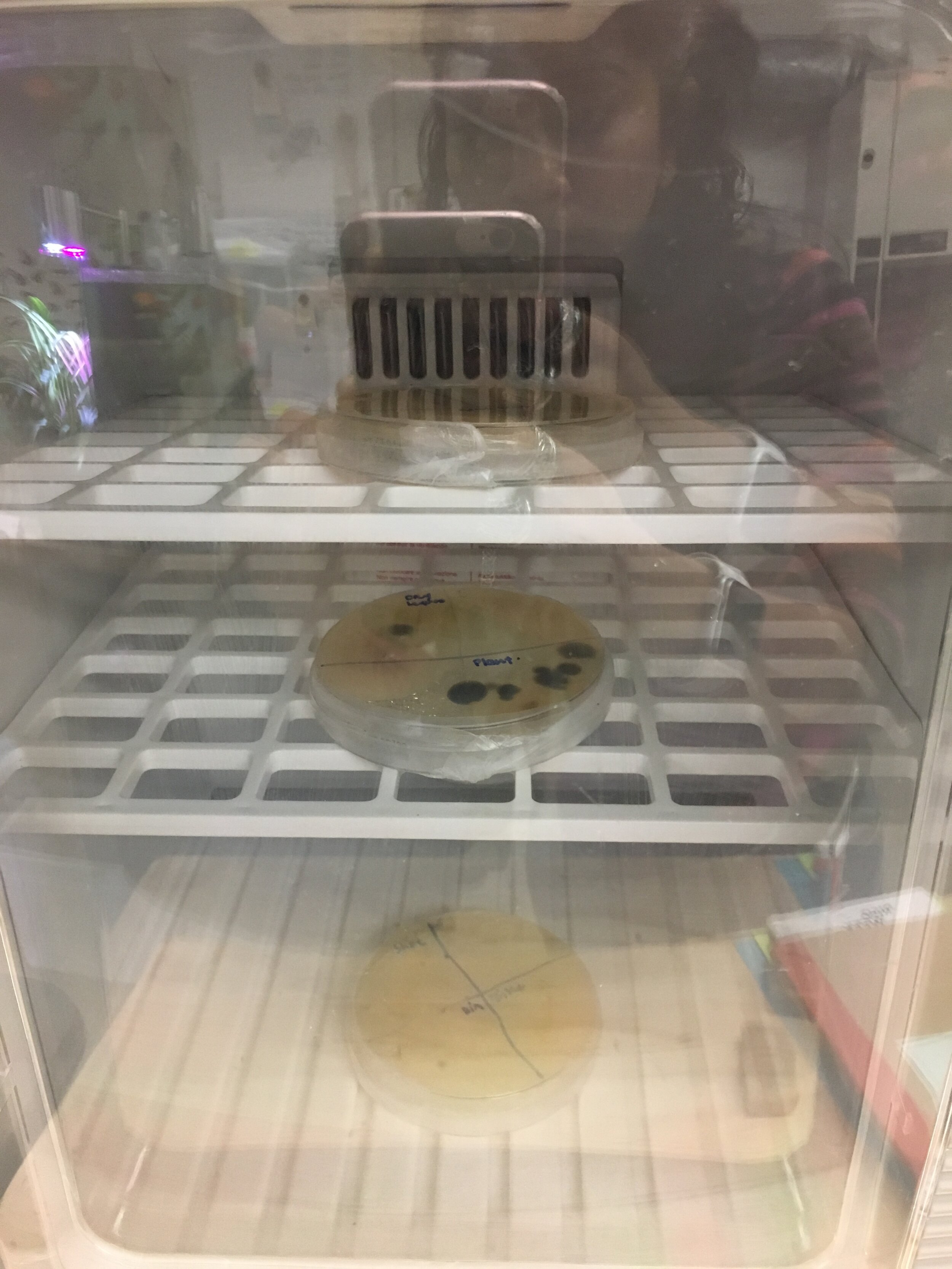
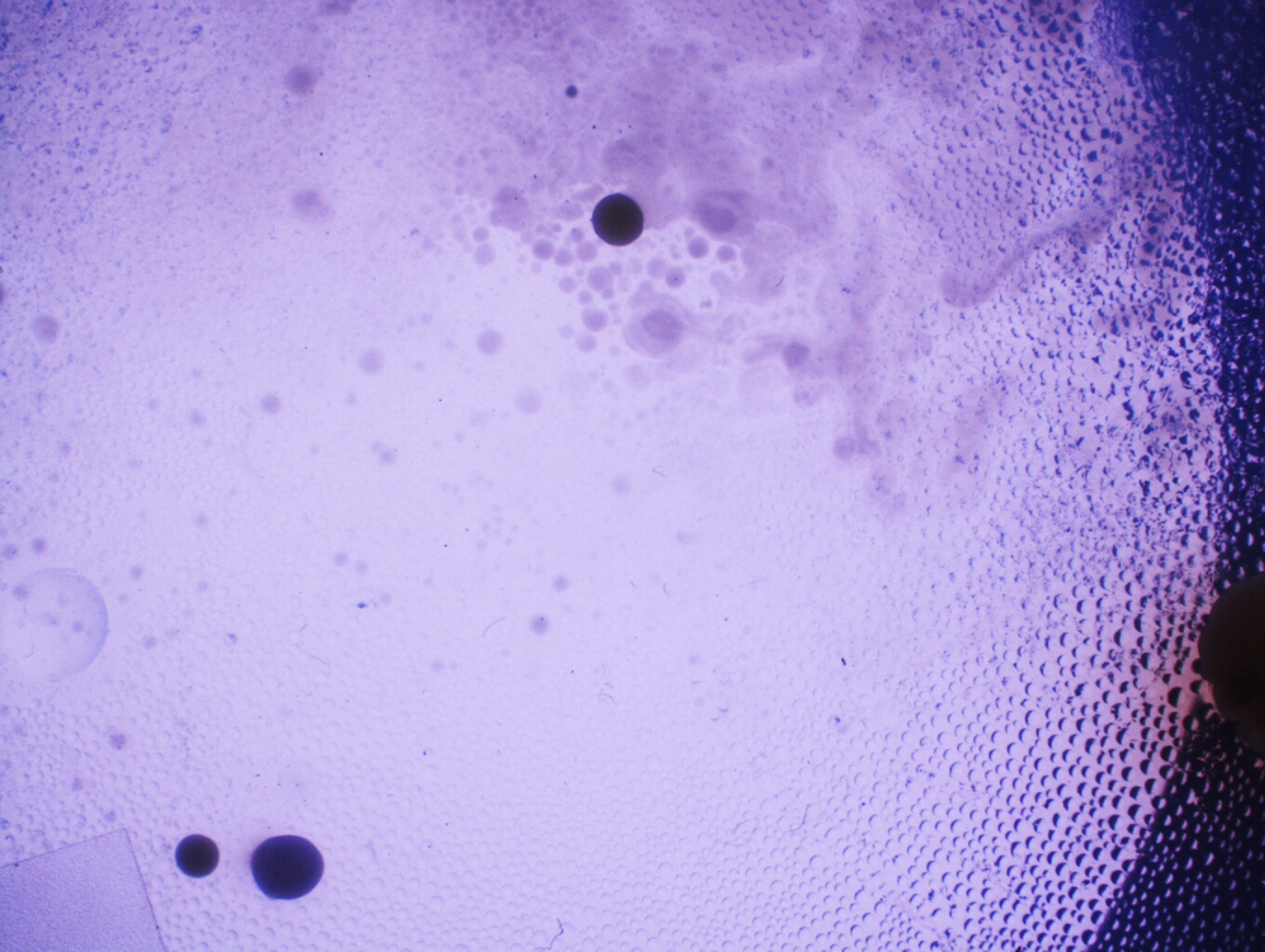

Volunteer 4
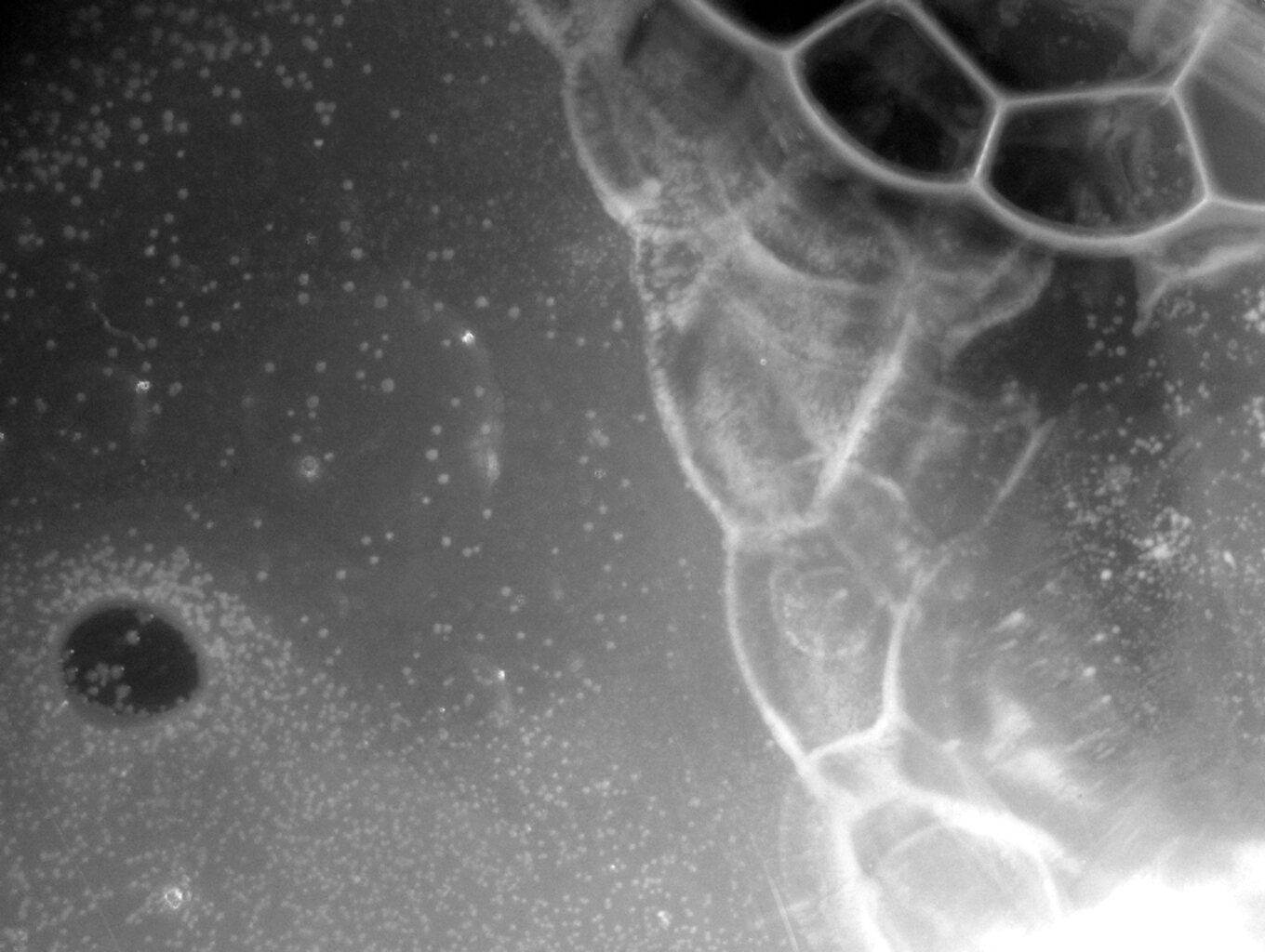
Volunteer 6
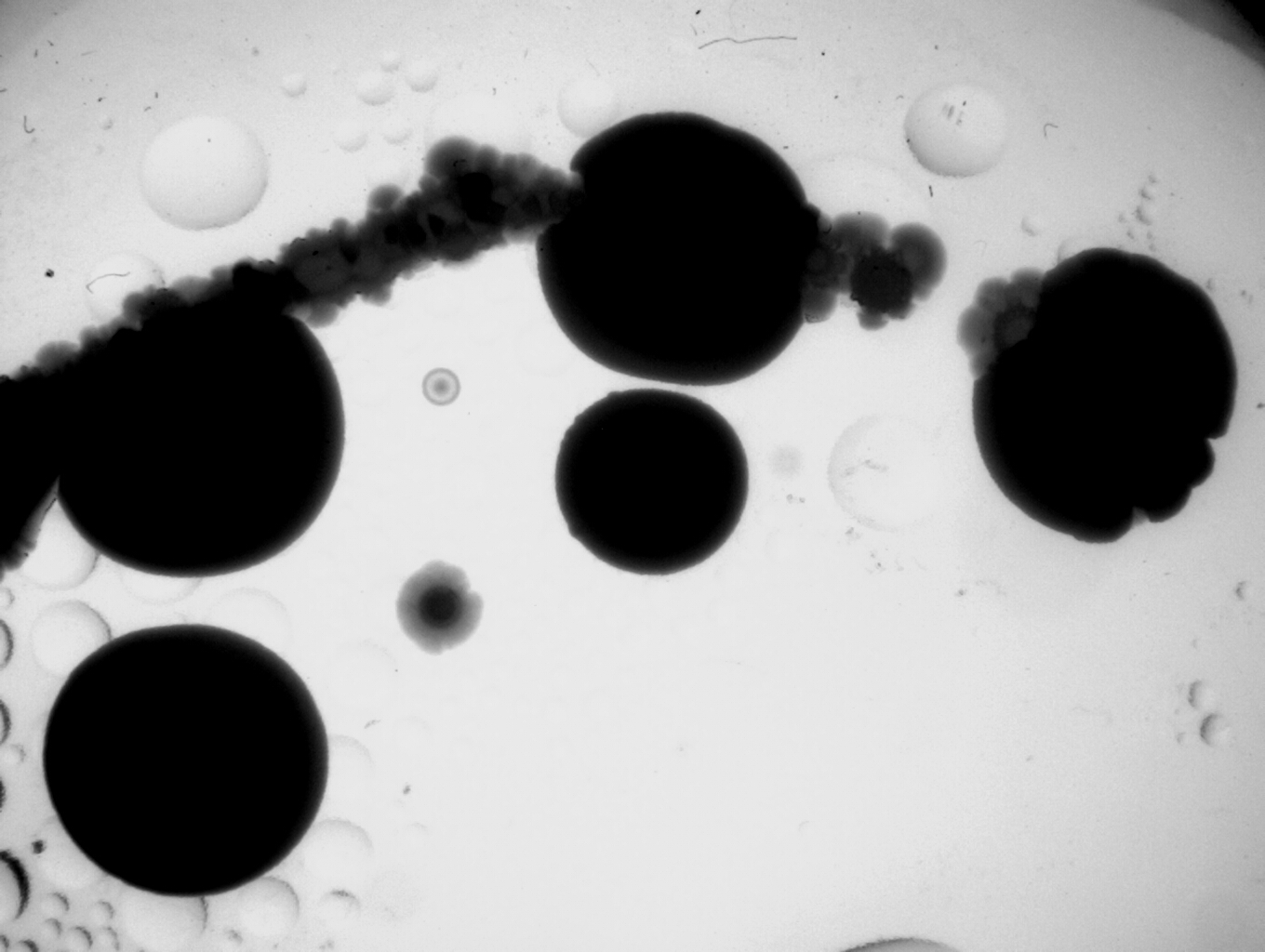
Volunteer 7

The image was taken with an Olympus IX51 Inverted Microscope.
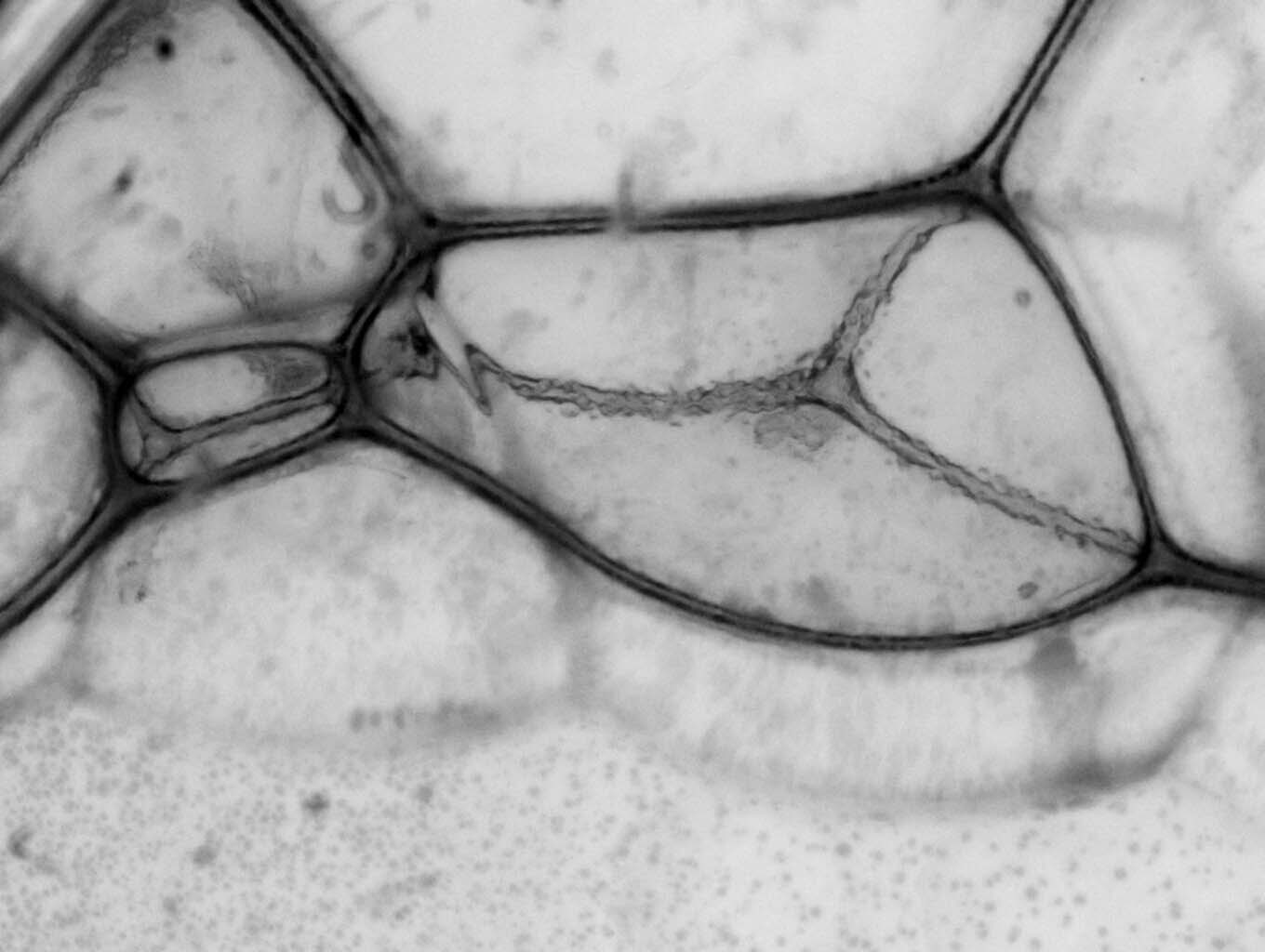
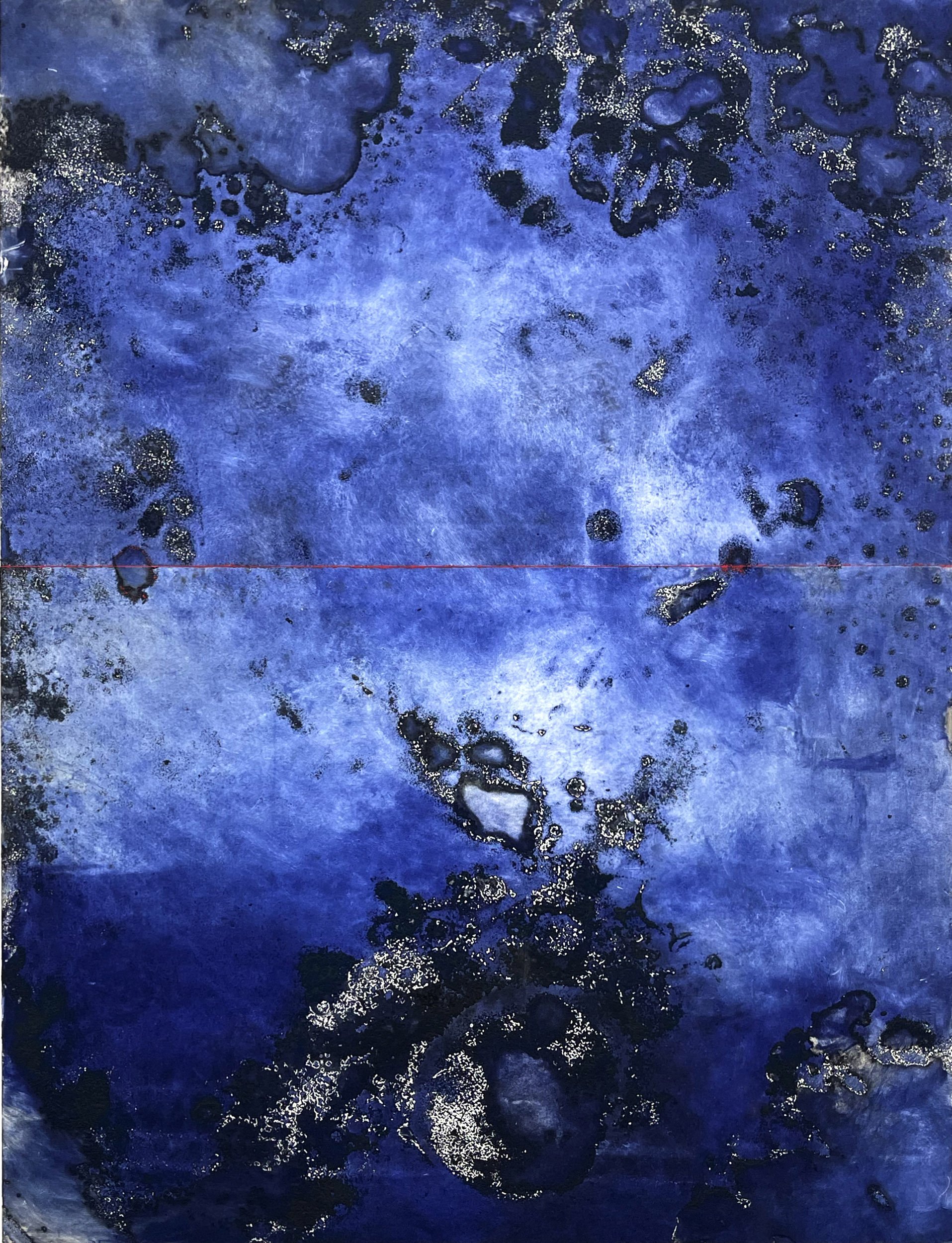
microcosm and macrocosm
Intaglio monotype on arches
96.52 x 121.92 cm
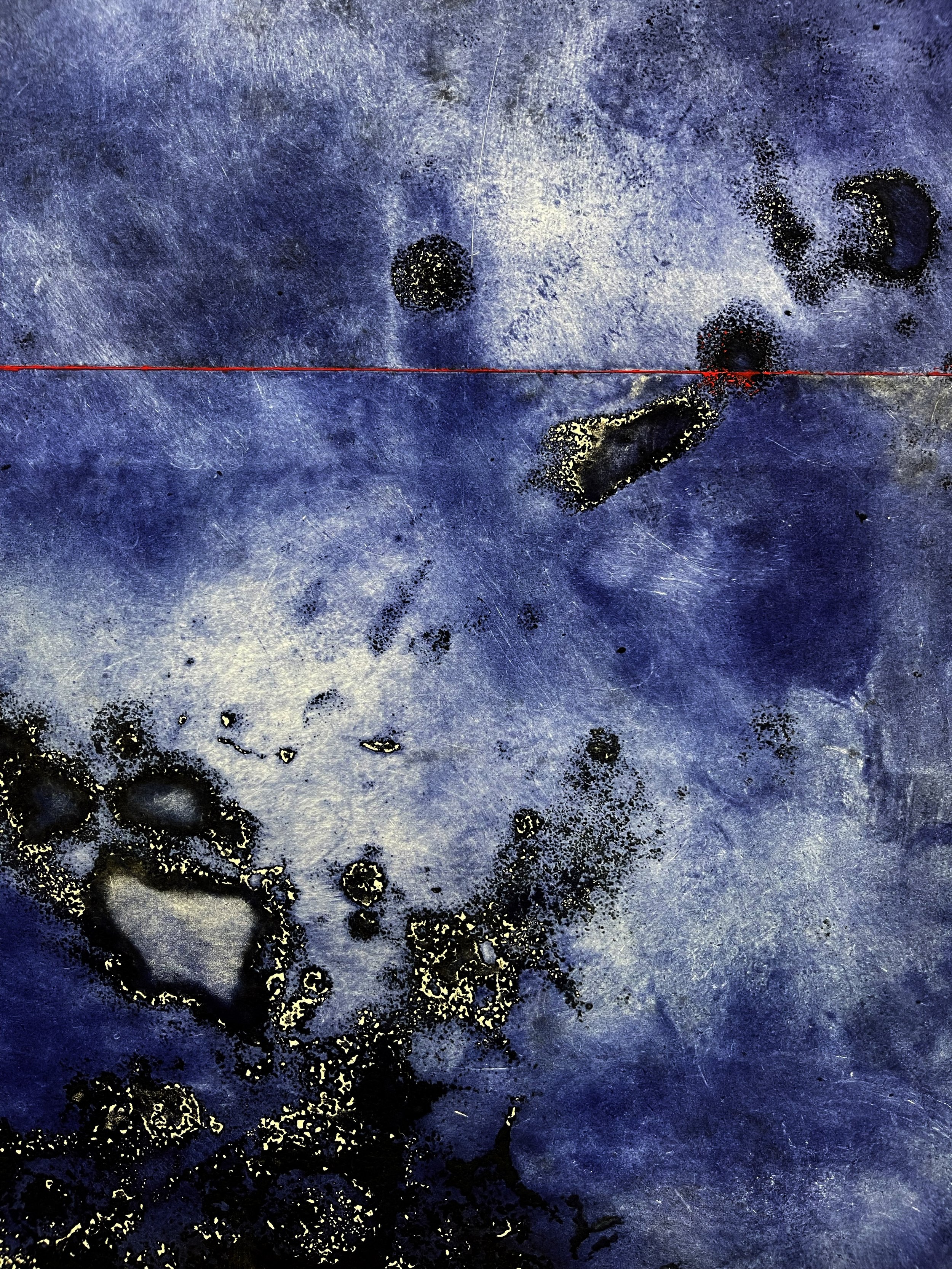
Microcosm and Macrocosm - Detail
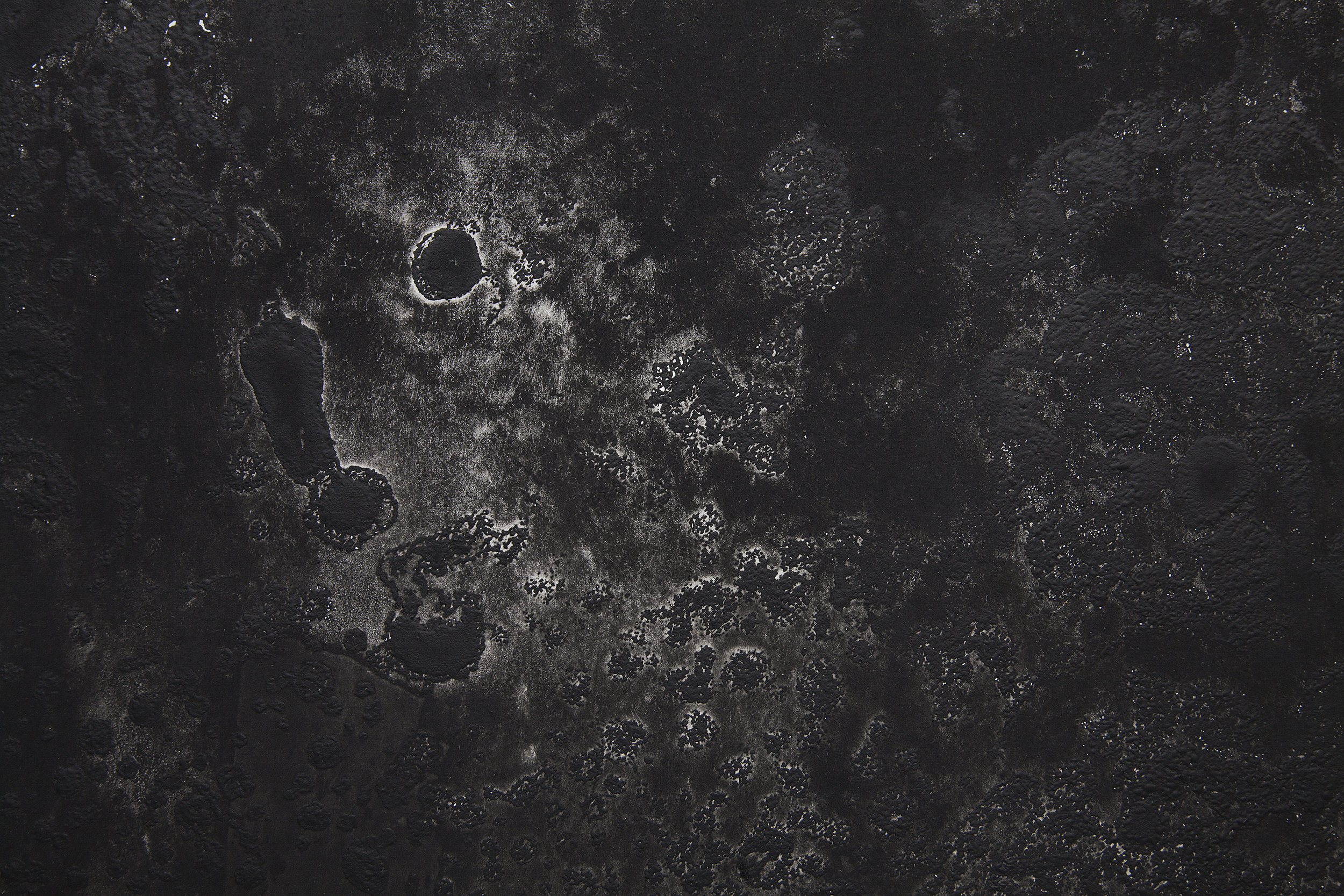
Colonies within
Intaglio Monotype - Detail
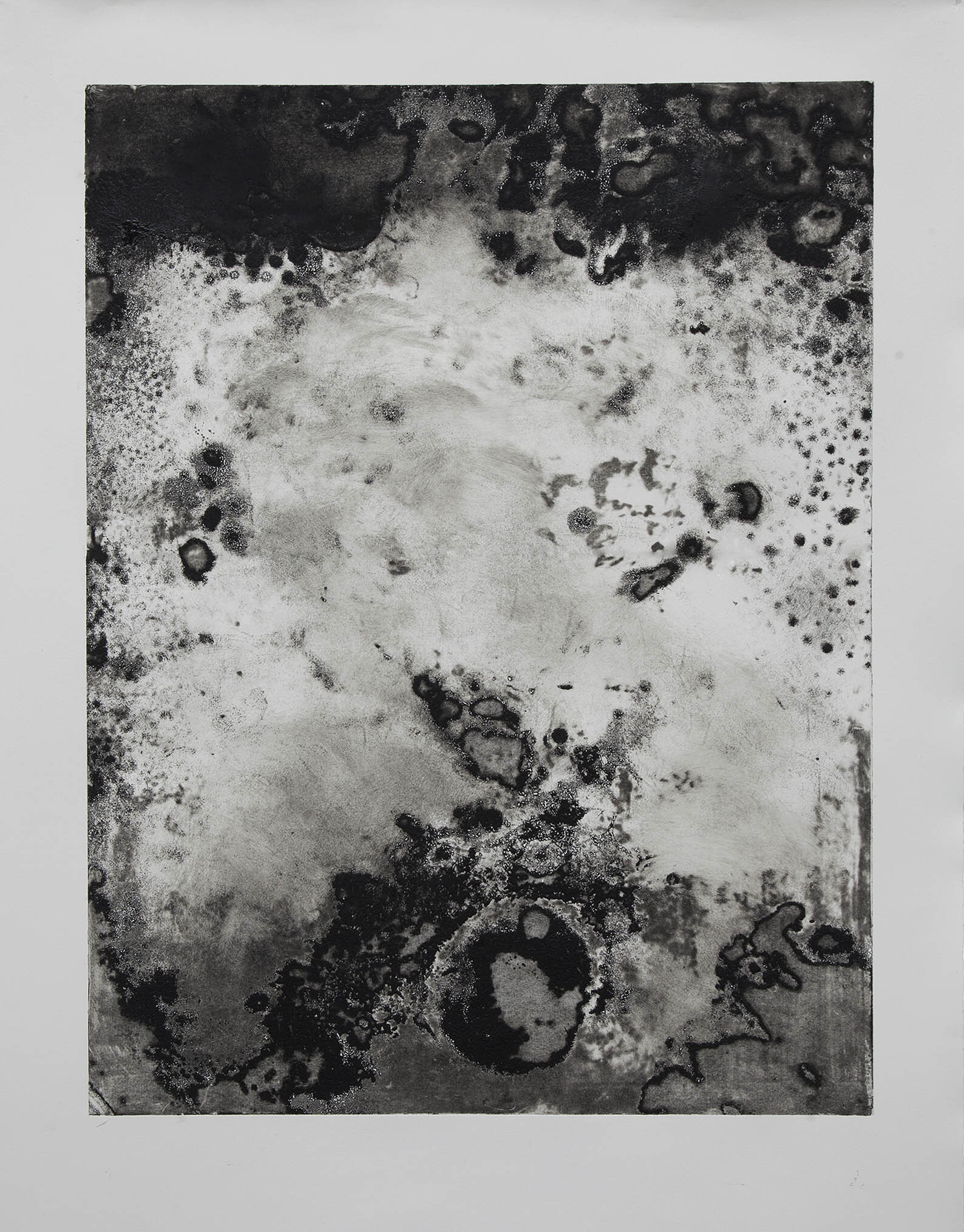
Micro Colonies II
Intaglio monotype on arches
96.52 x 121.92 cm

Microcosm I
Intaglio embossing on arches
83.82 X 127 cm
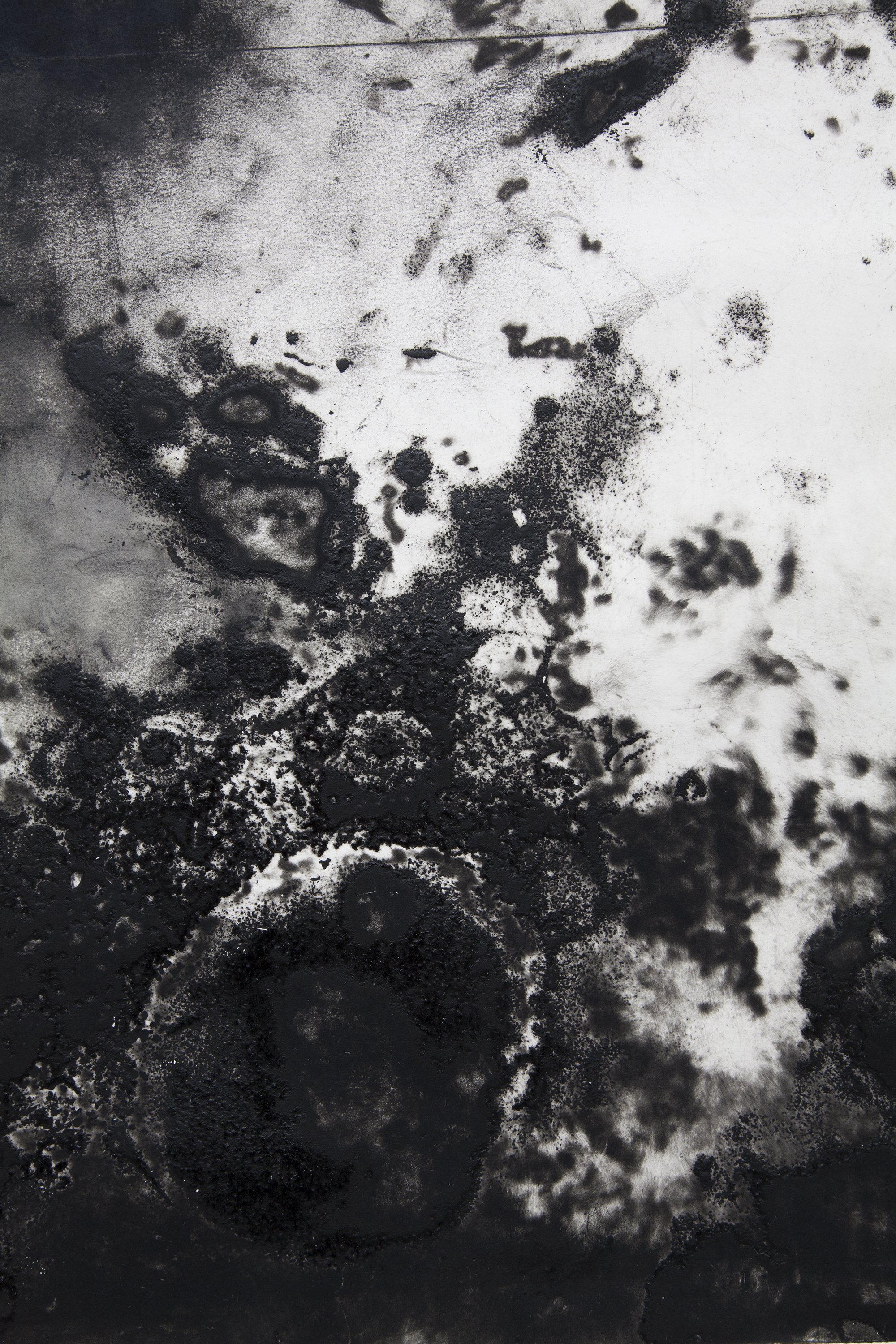
Micro Colonies - Detail
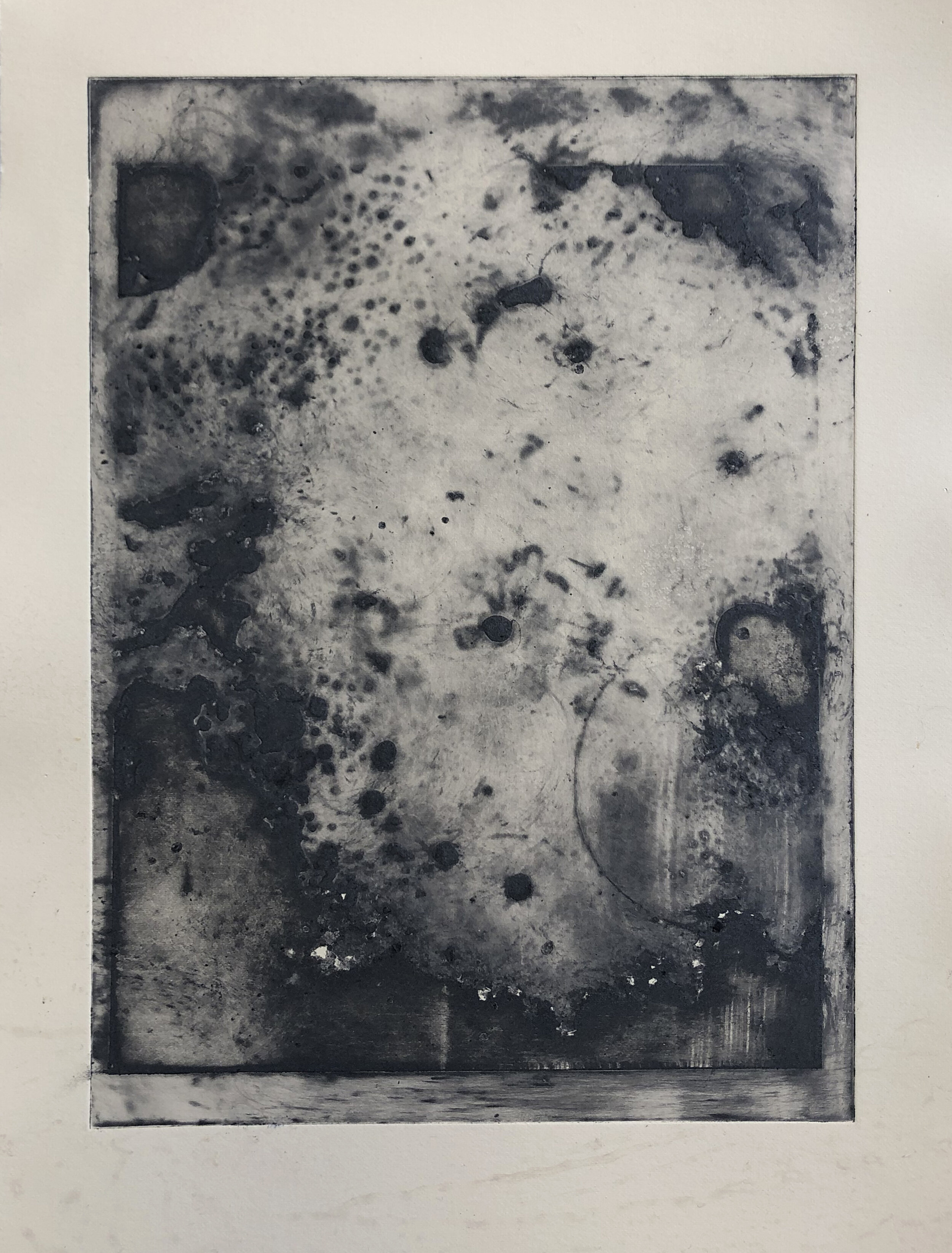
Micro Colonies III
Intaglio print on arches - Monotype
20.32 x 30.48 cm
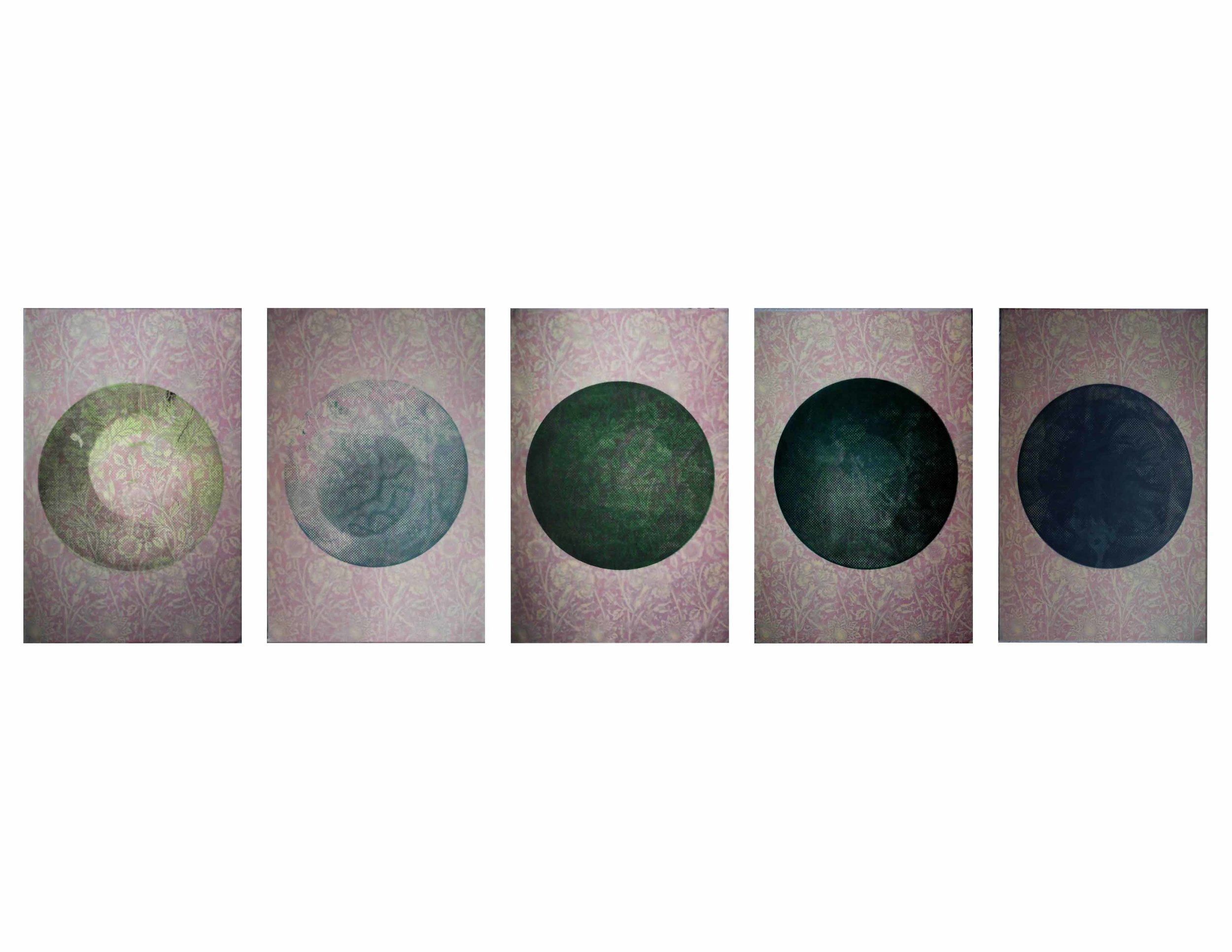
Birth of a Colony - Six stages of microbial development
Screenprint on mylar, rice paper & digital print
50.8 x 76.2 (Each section)
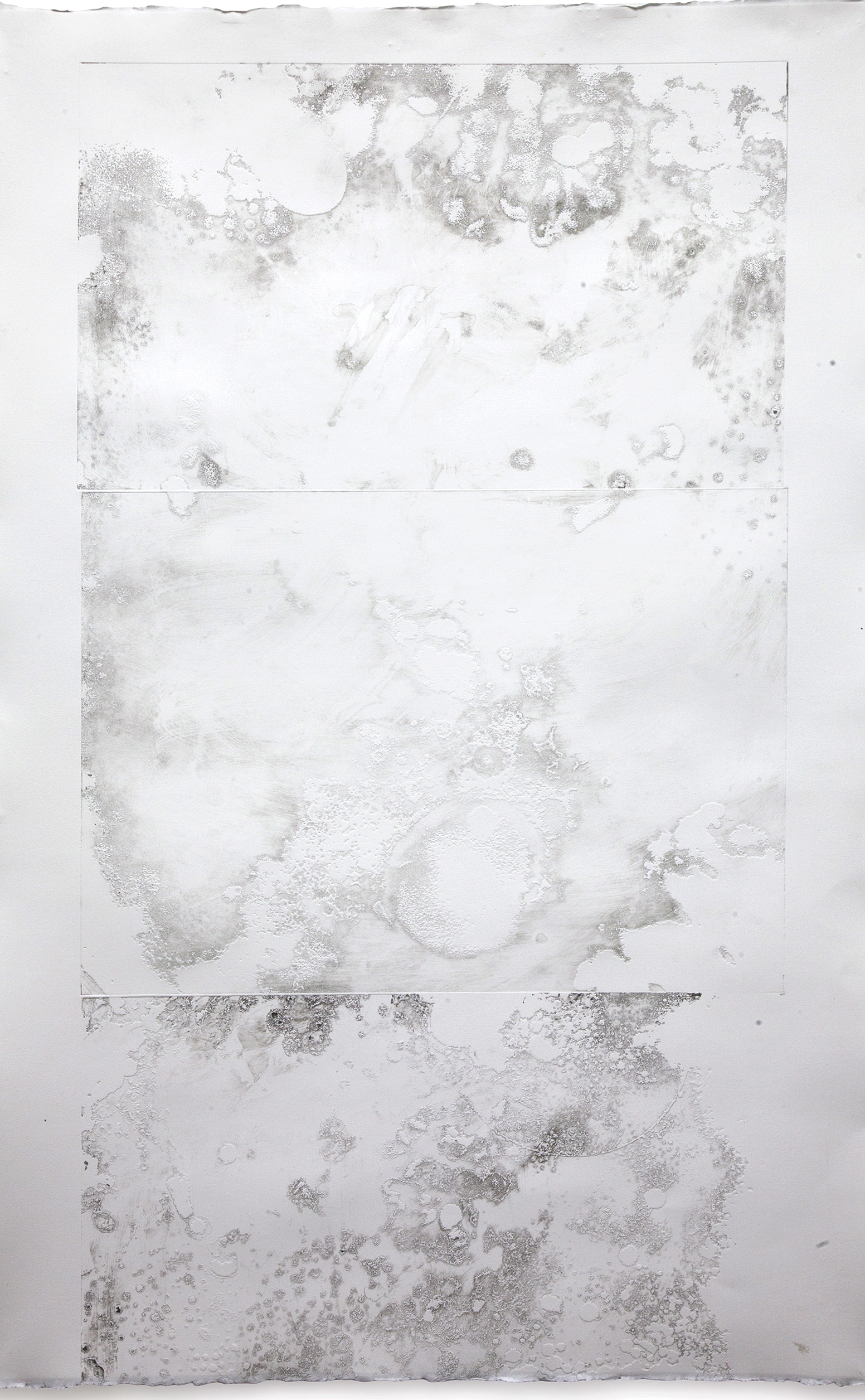
Microcosm II
Intaglio embossing on arches
83.82 X 127 cm
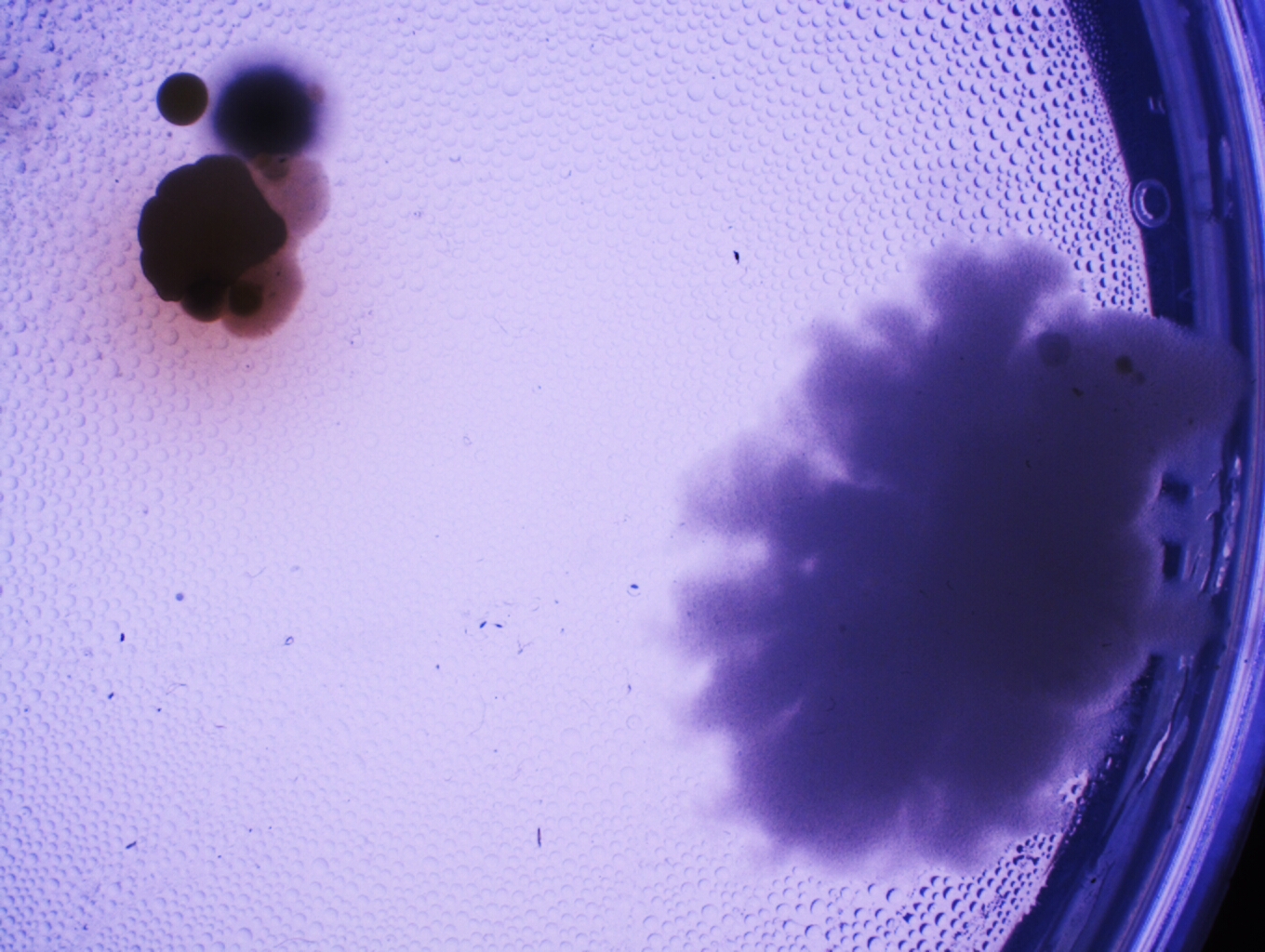

The image was taken with an Olympus IX51 Inverted Microscope.
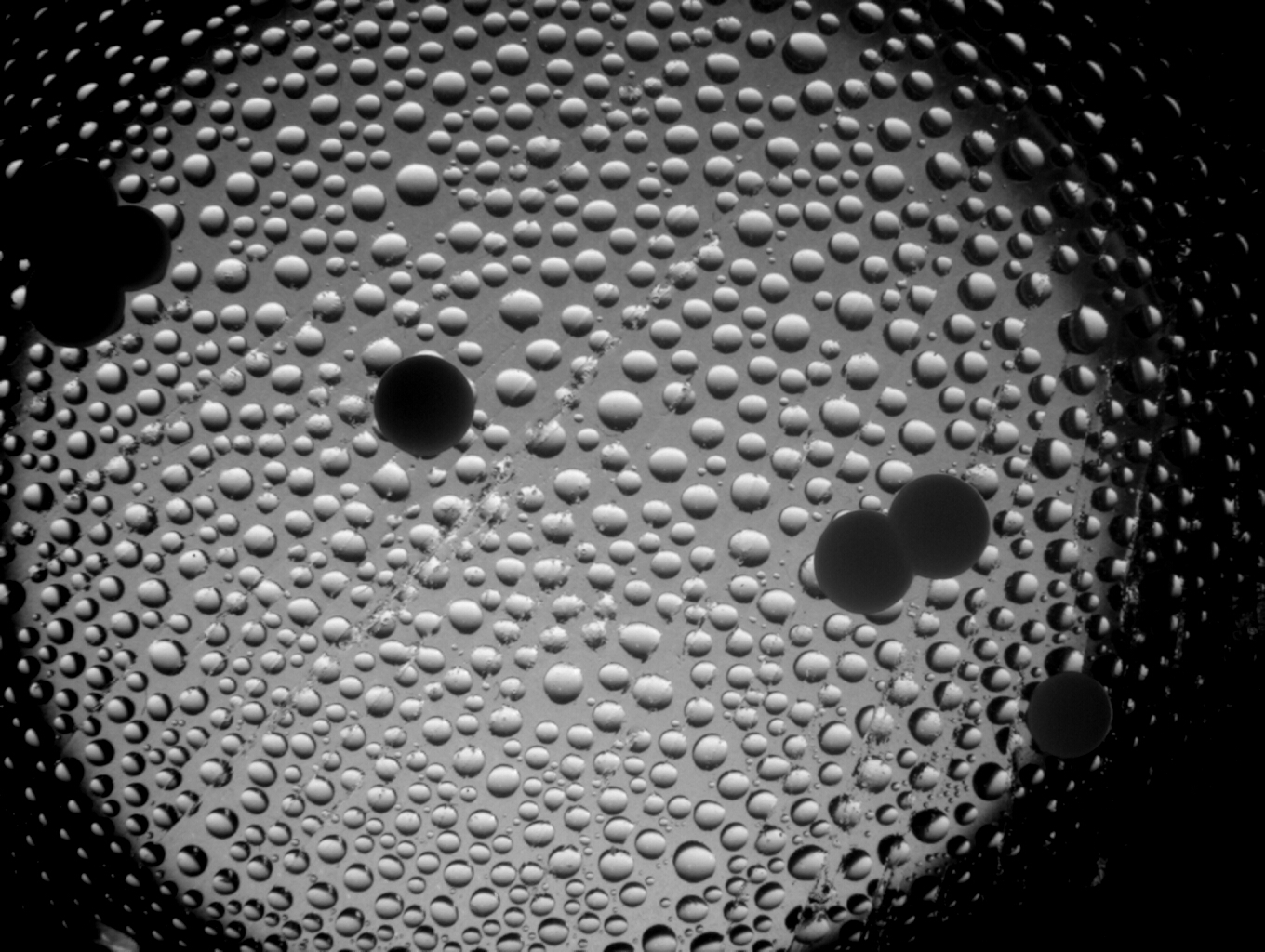
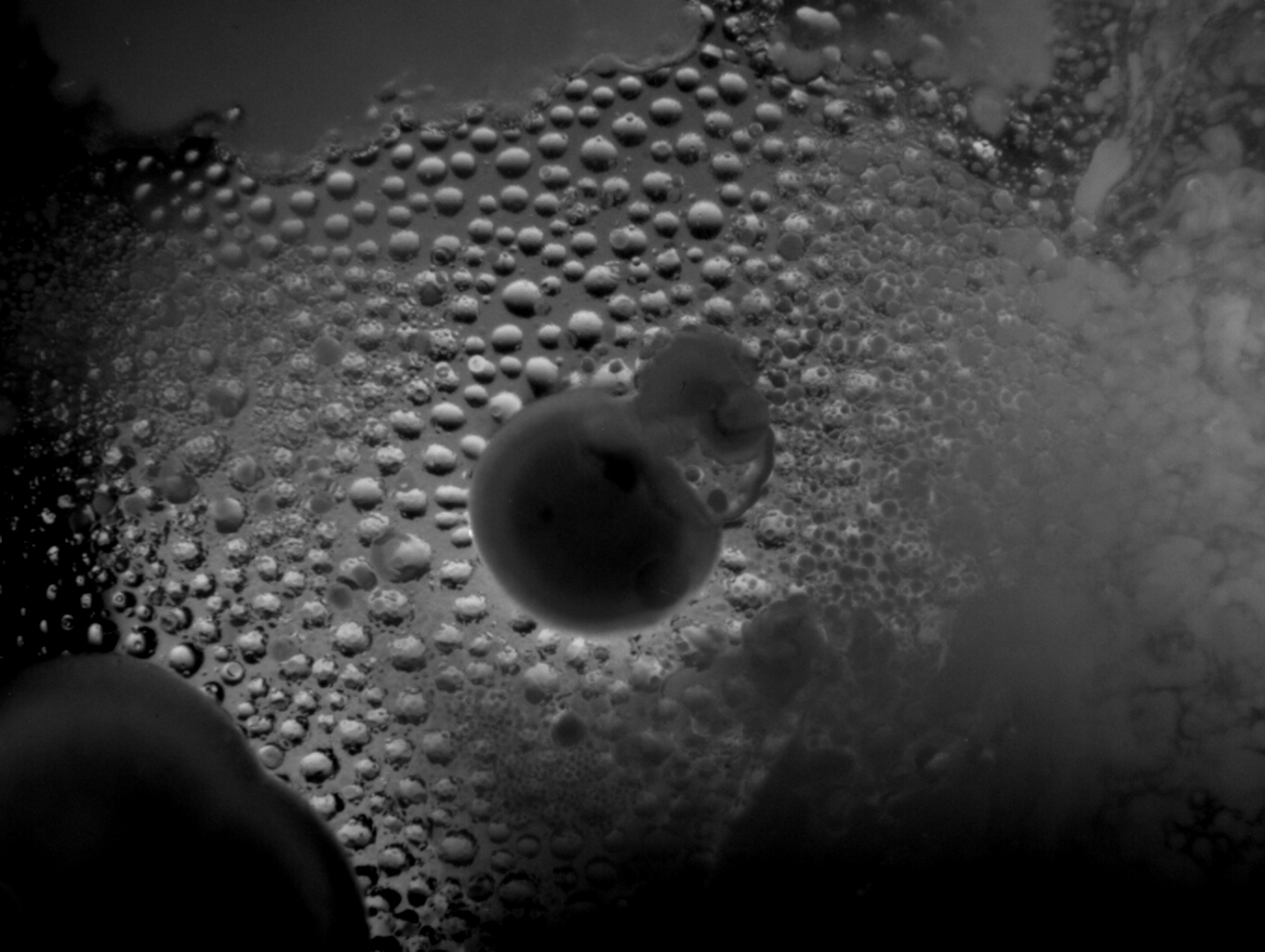

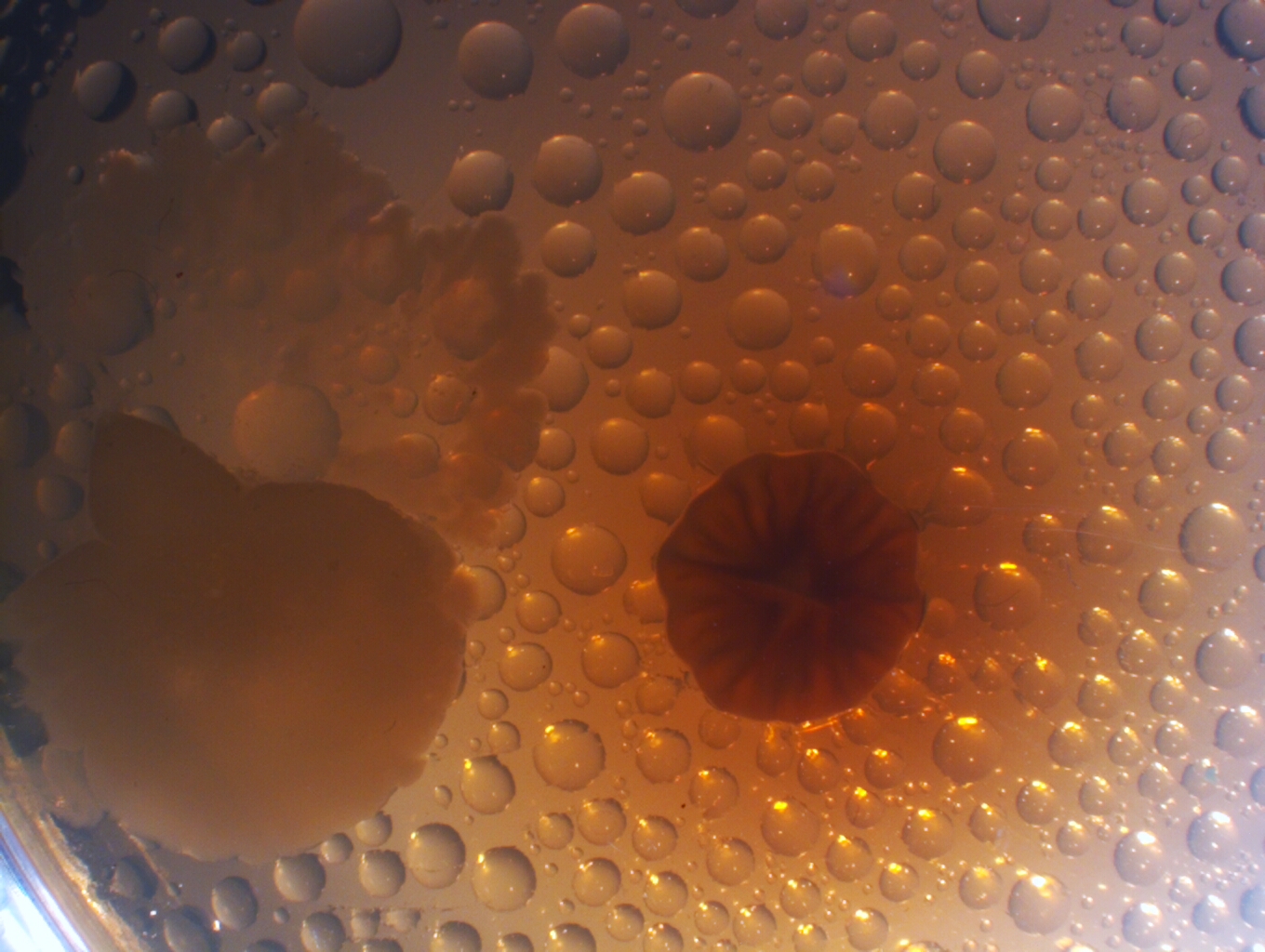



Solar Galaxies
The archival glass negative plate of solar galaxies at the Harvard Smithsonian Centre for Astrophysics is indistinguishable to microbes in a petri dish.